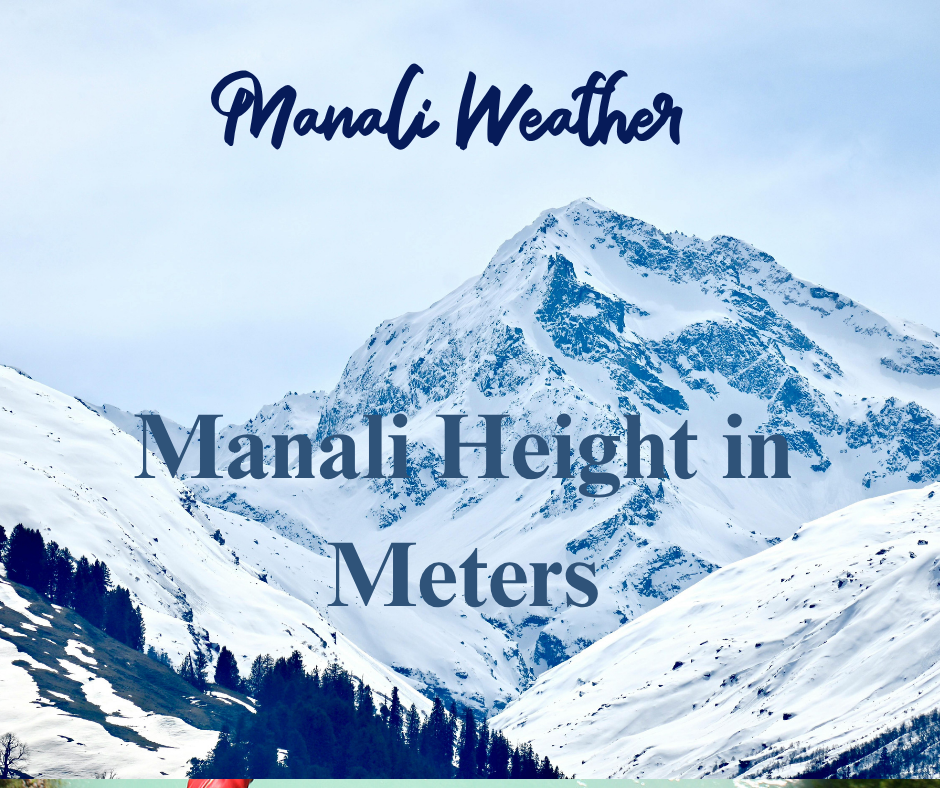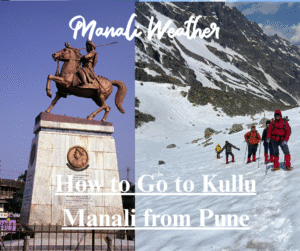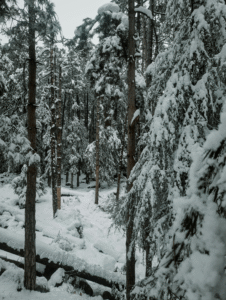Manali Height in Meters

Manali Height in Meters: A Complete Altitude Guide for Travelers
Manali, nestled in the heart of Himachal Pradesh, is one of India’s most loved hill stations. Known for its breathtaking landscapes, snow-capped peaks, and serene atmosphere, Manali is a year-round destination for tourists, trekkers, and nature lovers. One of the most common questions asked by travelers is: What is the height of Manali in meters? Let’s dive deep into the answer and explore how the altitude affects weather, travel, and experiences in Manali.

What is the Height of Manali in Meters?
The town of Manali is located at an altitude of approximately 2,050 meters (6,726 feet) above sea level. This elevation makes it one of the most scenic and cooler destinations in northern India, especially popular during the summer when the plains heat up.
Quick Facts:
-
Manali height in meters: 2,050 m
-
Manali height in feet: 6,726 ft
-
Coordinates: 32.2396° N, 77.1887° E
-
District: Kullu, Himachal Pradesh
Why is Manali’s Height Important for Tourists?
The elevation of Manali plays a significant role in its climate, activities, and even how your body reacts when you arrive.
1. Weather and Temperature
Due to its altitude of over 2,000 meters, Manali experiences cool temperatures throughout the year. Summers are mild and pleasant, while winters bring snowfall, making it a hotspot for snow activities. The high elevation contributes to the crisp air, lower oxygen levels, and sudden weather changes.
2. Scenic Beauty
Manali’s location in the Himalayan foothills offers panoramic views of mountains, pine forests, and rivers, all thanks to its elevation. Higher altitude areas like Solang Valley (2,560 m) and Rohtang Pass (3,978 m) further enhance the scenic charm of the region.
3. Adventure Activities
The altitude makes Manali ideal for adventure sports such as:
-
Paragliding
-
River rafting
-
Skiing
-
Trekking
-
Camping
Higher spots offer better thermals for paragliding and great slopes for skiing.
Altitude Effects: Things to Keep in Mind
While Manali’s height in meters offers a fantastic experience, it’s also important to understand how altitude can affect travelers, especially those not used to mountain environments.
1. Altitude Sickness
While Manali’s altitude is moderate, some people may experience:
-
Headaches
-
Nausea
-
Dizziness
These symptoms typically go away in a day or two. Staying hydrated and avoiding heavy exertion upon arrival helps.
2. Layered Clothing
Due to elevation, temperatures can drop quickly, especially after sunset. Pack warm clothes, even if you’re visiting in summer.
3. Acclimatization for Trekkers
If you’re planning to travel further to Lahaul-Spiti or Leh-Ladakh, spending a day or two in Manali helps you acclimate gradually to higher altitudes.
Nearby Places and Their Heights
Here’s how the elevation of Manali compares with other nearby spots:
| Location | Height (in meters) |
|---|---|
| Manali | 2,050 m |
| Solang Valley | 2,560 m |
| Rohtang Pass | 3,978 m |
| Kullu | 1,279 m |
| Kasol | 1,580 m |
| Leh (Ladakh) | 3,500 m |
This gives travelers a better idea of the altitude journey if they’re planning to extend their trip beyond Manali.
Manali Height and Snowfall
Manali Height in Meters One of the biggest reasons travelers ask about the height of Manali in meters is because of snowfall. At 2,050 meters, Manali typically receives snowfall from late December to February, and sometimes even in early March.
Higher regions like Rohtang Pass and Solang Valley see earlier and heavier snowfall, often starting in November.
Impact on Flora and Fauna
At this altitude, Manali is rich in Himalayan biodiversity. Expect to see:
-
Deodar, Pine, and Oak trees
-
Snow leopards and Himalayan Monals (in surrounding wildlife sanctuaries)
-
Alpine flora during spring and summer
The height of Manali contributes to this unique ecology, making it a paradise for nature lovers and photographers.
Best Time to Visit Based on Altitude
Because of its elevation, Manali’s temperature and accessibility vary by season:
| Season | Temperature Range | Highlights |
|---|---|---|
| Summer | 10°C – 25°C | Trekking, sightseeing, camping |
| Monsoon | 15°C – 22°C | Lush greenery, waterfalls, but slippery roads |
| Winter | -5°C – 10°C | Snowfall, skiing, snowboarding |
Is Manali Accessible Year-Round?
Yes, but some high-altitude passes may close in winter due to heavy snow. However, the town of Manali itself is accessible throughout the year, thanks to its moderate elevation compared to other Himalayan spots.
For those traveling by road or bus, keep in mind that mountain driving at higher altitudes can be tricky, especially during snow or rain.
Conclusion: Manali Height in Meters Adds to Its Charm
To sum it up, Manali’s height of 2,050 meters above sea level is one of the key reasons why it’s so popular among tourists. It offers a perfect blend of cool climate, natural beauty, and thrilling adventure, all in one place. Whether you’re a first-time visitor or a seasoned traveler, understanding the altitude of Manali helps you plan your trip better—ensuring safety, comfort, and unforgettable experiences.
Manali Weather Forecast | Cottages in Manali





2 thoughts on “Manali Height in Meters”